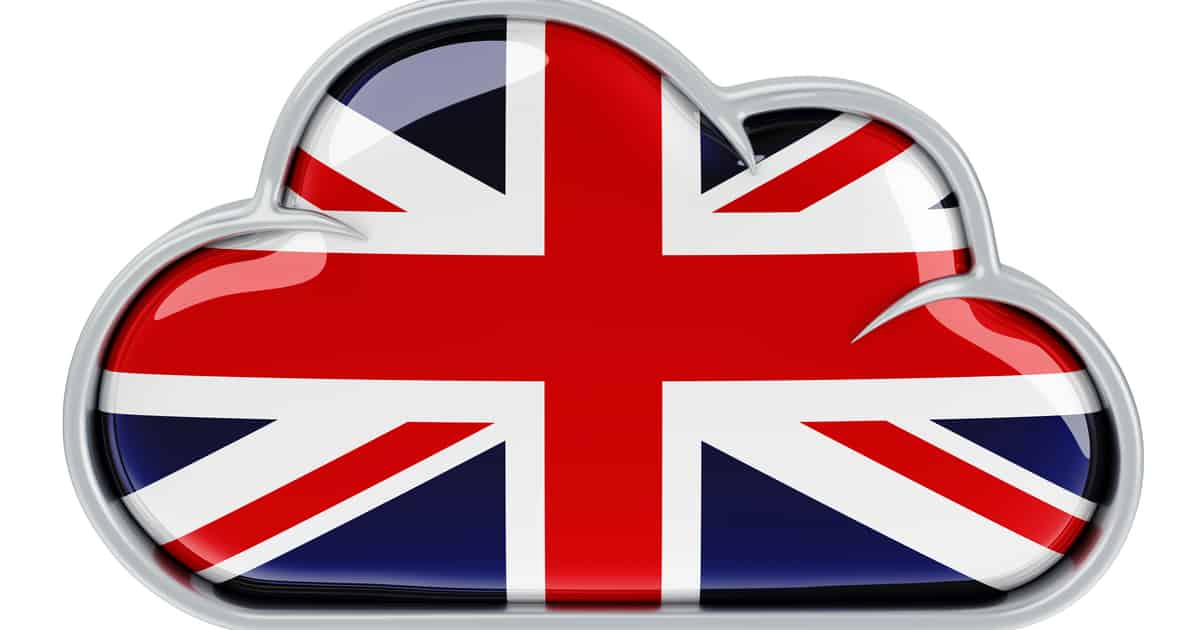We previously reported that the EU has legislated that USB-C will become the mandatory charging cable for various devices. However, it seems that the U.K. will not be adopting a similar rule when it takes effect starting in 2024.
EU Makes USB-C as Mandatory Charging Cable
The EU recently reached an agreement provisioning all new portable devices to use USB-C charging cables starting in 2024. According to the EU, this will benefit consumers. However, critics say otherwise, and believe that the rule will stifle innovation.,
As for the U.K., BBC reported that a government spokesperson said, “We are not seriously considering replicating this requirement. However, under the post-Brexit arrangements, the new rule will apply to Northern Ireland.”
A December 2021 parliamentary report stated that the “new requirements may also apply to devices sold in Northern Ireland under the terms of the Northern Ireland protocol in the Brexit agreement, potentially triggering divergence of product standards with the rest of the U.K.”
This means that when the new rule takes effect, Northern Ireland will have to abide by it. The rest of the U.K., no longer a member of the European Union, will not. Therefore, Apple will have to release the iPhone 15 and other 2024 devices with USB-C charging cables in Northern Ireland.
Apple Argued Against the New EU Rule as Early As Its Introduction in 2021
As for Apple’s various products that fall into the category of small and medium devices, the Cupertino company previously argued against the rule. When it was first introduced the rule in 2021, an Apple spokesperson told BBC:
Strict regulation mandating just one type of connector stifles innovation rather than encouraging it, which in turn will harm consumers in Europe and around the world.
Even so, Apple will have to abide by the new rule whether it agrees with the EU’s arguments or not,. The iPhone 15 and other devices to be released in 2024 should have a USB-C port for their charging cables.
In the announcement of the new rule, the EU said:
This law is a part of a broader EU effort to make products in the EU more sustainable, to reduce electronic waste, and make consumers’ lives easier. It would save consumers “up to €250m [£213m] a year on unnecessary charger purchases” and cut 11,000 tonnes of waste per year.

Lightning effectively died the moment Apple shipped an iDevice without it. Keeping it lingering on serves no legitimate benefit to the consumer, and needlessly slows iPhones down to USB 2 speeds. A wireless charger is still a charger, so I don’t see why that would make the iPhone exempt from the EU’s ruling. It is also yet another standard in a world with too many, so claims about E-waste are nonsensical.
USB-C won’t make phones larger. While the plug is thicker, USB-C is read from the inside, so the socket in the phone doesn’t need to be much thicker then the plug itself. Lightning has springs in this location, so has no real thickness advantage within the phone. There is plenty of room in a phone for both ports.
I haven’t read the EU directive on this but it may be possible that apple can eliminate the charge port all together and just go with mag-safe for charging for all countries thus eliminating the issue of the charging port all together. It may be possible to accomplish data transfer thru a new mag-safe charger if wireless charging is not possible.
Going USB-C is not the end of the world though and should allow for faster data transfer. So maybe not worth dying on the lightening port hill just to spite the EU directive. In the end, Apple will not be making different iPhones for different countries. A common iPhone is what will be produced.
Agreed, Joe. Apple’s highly unlikely to produce both Lightning and USB-C variants of the iPhone 15.
From my reading of the directive, Apple could skirt the issue entirely by eliminating the charging port altogether in favor of MagSafe. However, that doesn’t seem likely to happen, at least in the short term. MagSafe is a charging-only technology; it doesn’t offer any data transfer, which is still very necessary on the iPhone for things like connecting to displays, using external storage, and just doing a DFU restore when necessary.
E-waste is handled more proactively within the EU than in the US. All sellers and resellers are required to take back E-waste like old phones, wall warts, charging cables, etc. Their goal is to try to reduce the amount of take back that has to be processed through the stores and processed through collectives which hopefully dispose of it properly or put the E-waste into reuse. In the US, most of this stuff ends up in the trash and sellers and resellers want nothing to do with it.
The EU has been very proactive on environmental issues with the implementation of no lead in solder back in 2006. When the lead in solder directive went into effect back then, manufacturers of components and final essembled products were forced to go lead free and change their soldering process as they did not want to manufacture lead free just for the EU and solder with lead for example in North America. Fast forward to 2022, most countries in the word have hazardous substance requirements baked into their regulatory requirements and require some form of take back for retailers. The US is still woefully behind on this issue as its mandated by state laws in some instances like California with no formal rejection of goods moving across state lines. This needs to be formalized and put into law by the US congress but you know how unlikely that is to happen here.